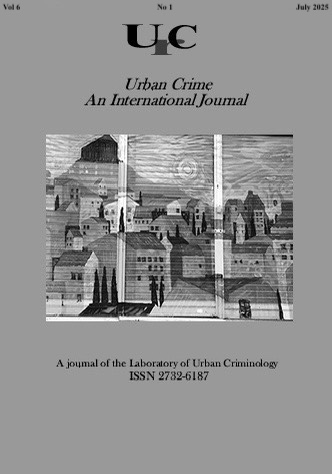The "a-spatiality"of cybercrime and its connection to the urban environment.
DOI:
https://doi.org/10.26250/heal.panteion.uc.v6i1.381Keywords:
cybercrime, a-spatiality, urban infrastructure, digital policing, prevention, socio-technical systemsAbstract
This article investigates the concept of a-spatiality in relation to cybercrime, examining the ways in which digital criminal activities transcend conventional spatial constraints while simultaneously engaging with the dynamics of urban environments. Addressing a critical gap in existing research, the study explores how urban infrastructure, socio-economic disparities, and public vulnerabilities mediate both the prevalence and consequences of cybercrime. Integrating theoretical perspectives from digital geography and criminology, the paper conceptualizes cybercrime as an inherently urban phenomenon, situated within interwoven digital and physical networks. By examining diverse urban typologies - such as smart cities, global hubs, and informal settlements - it illustrates how these environments shape both exposure and resilience to digital threats. Particular emphasis is placed on the implications for policing, governance, and prevention strategies within increasingly decentralized and technologically mediated contexts. The article concludes by underscoring the urgency of developing adaptive urban policies and fostering cross-sectoral collaboration to address the evolving cyber threat landscape in digitized urban spaces.

